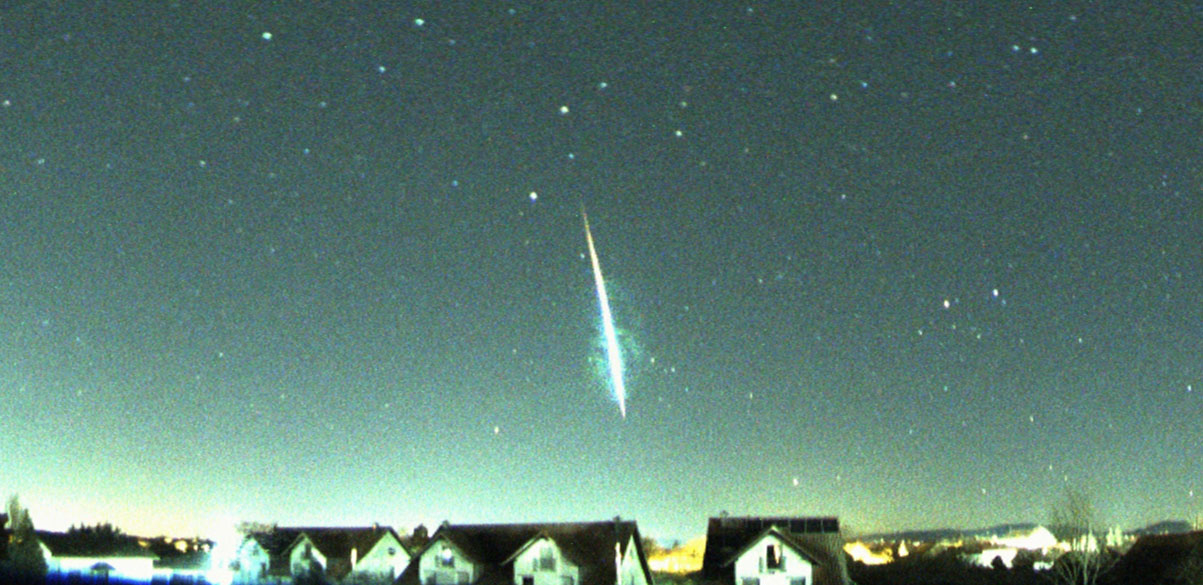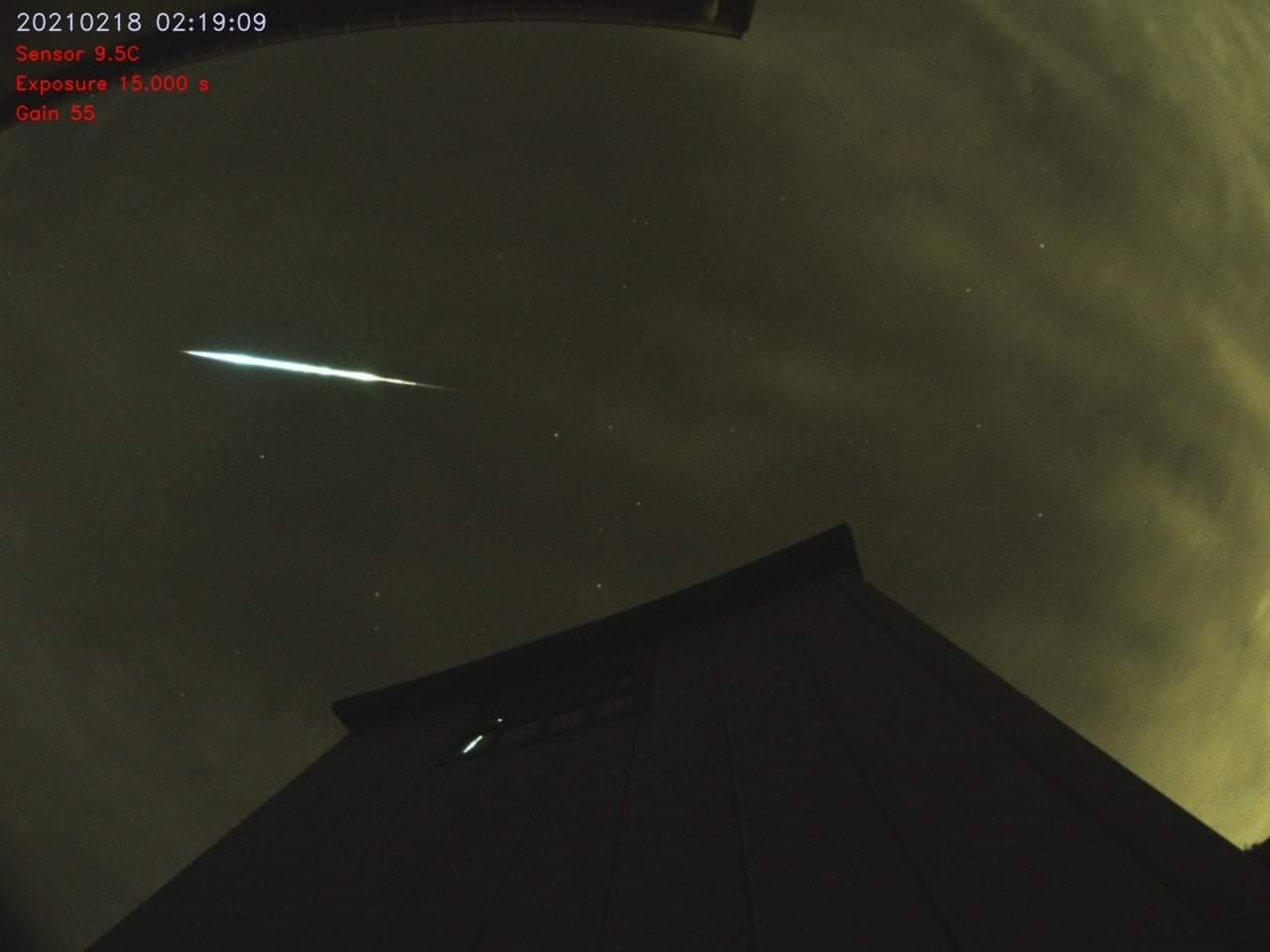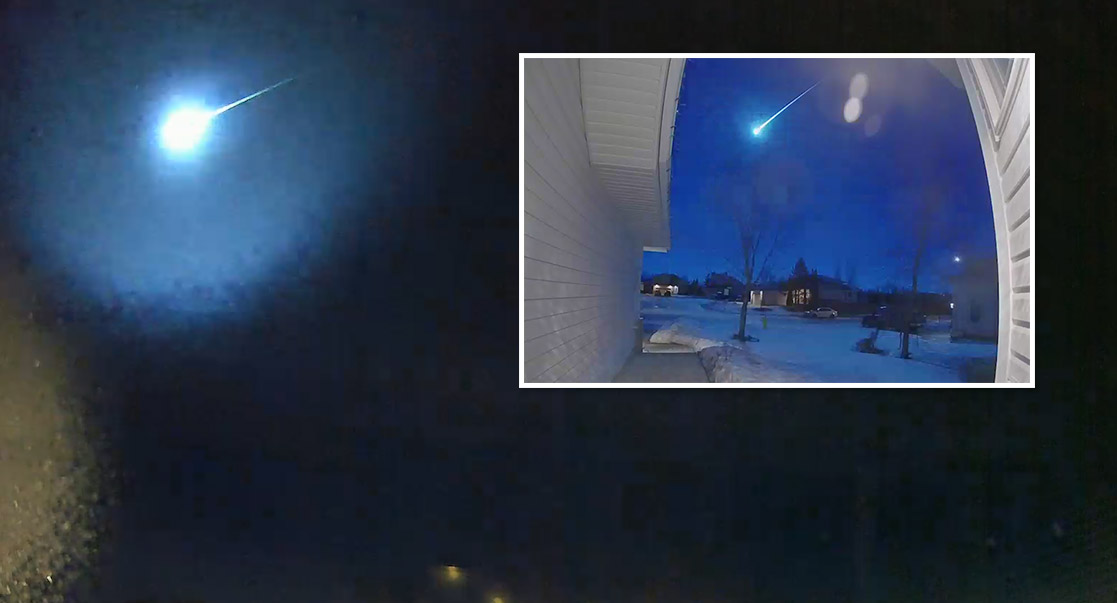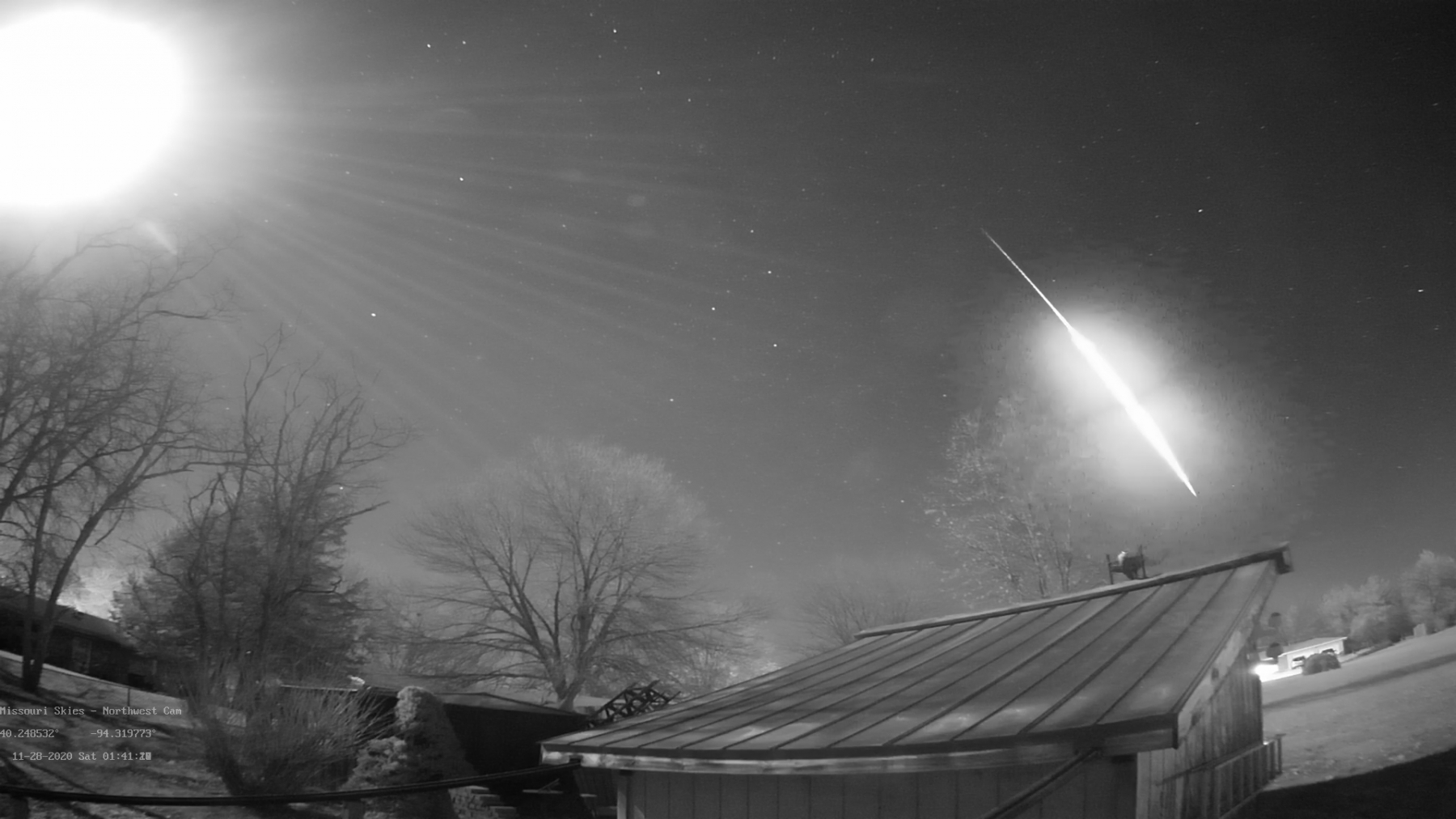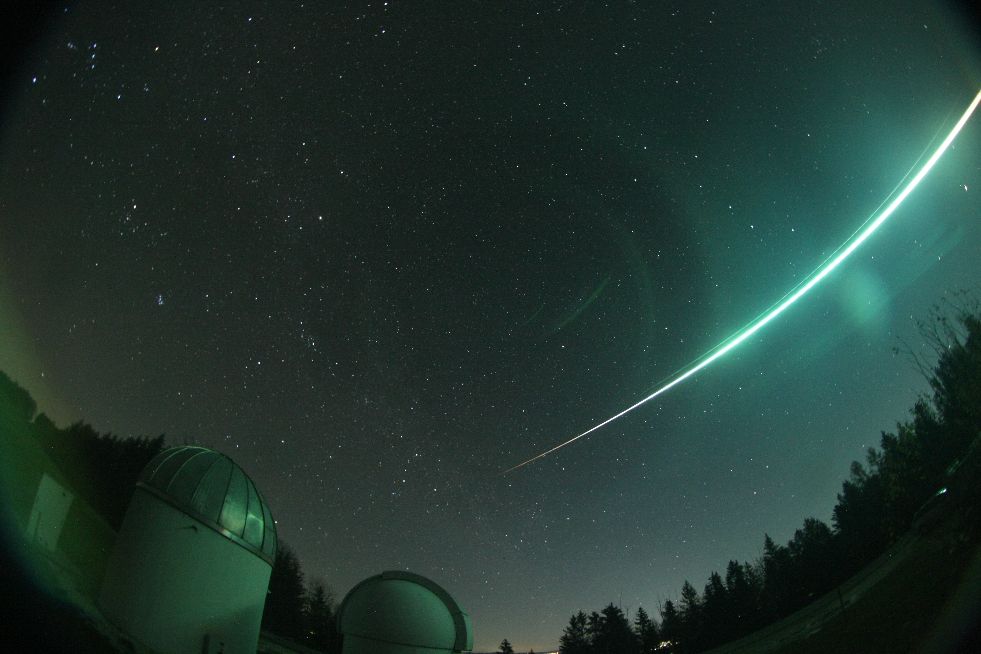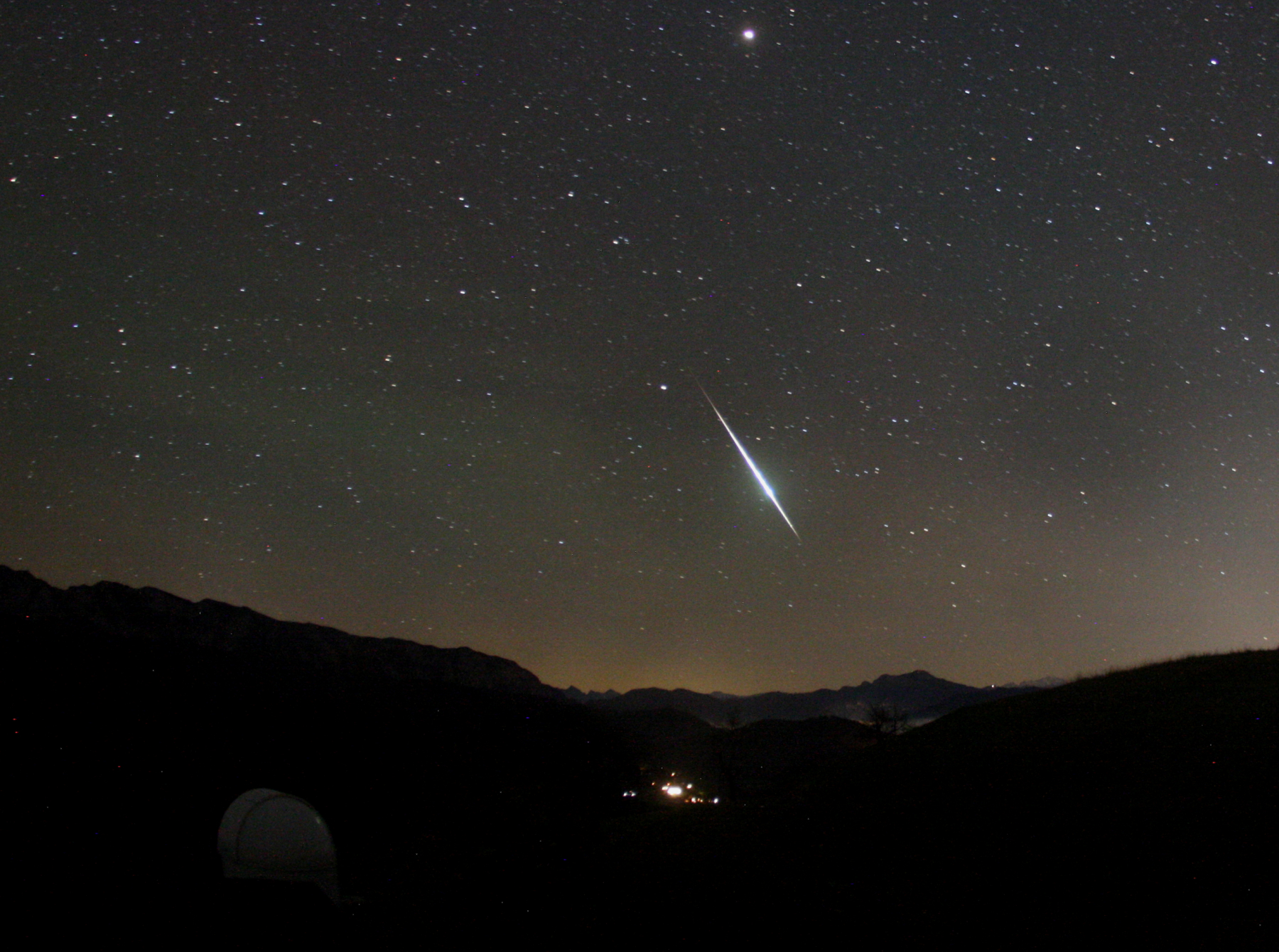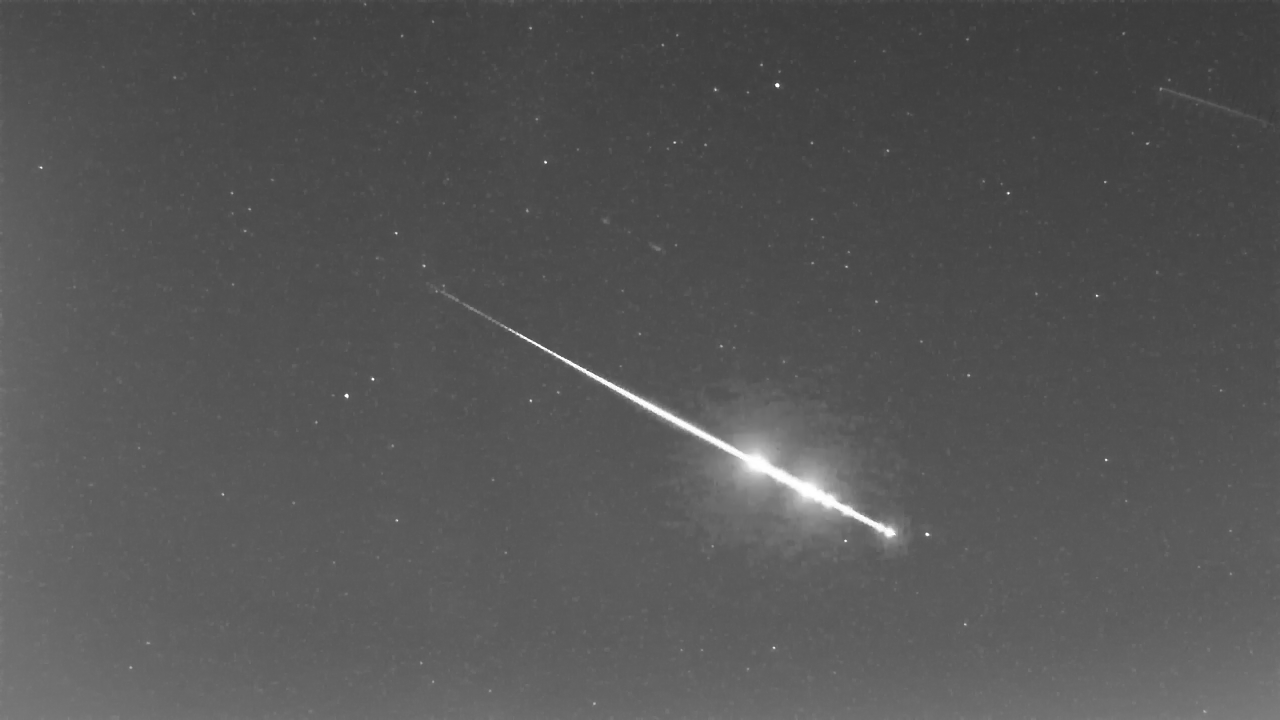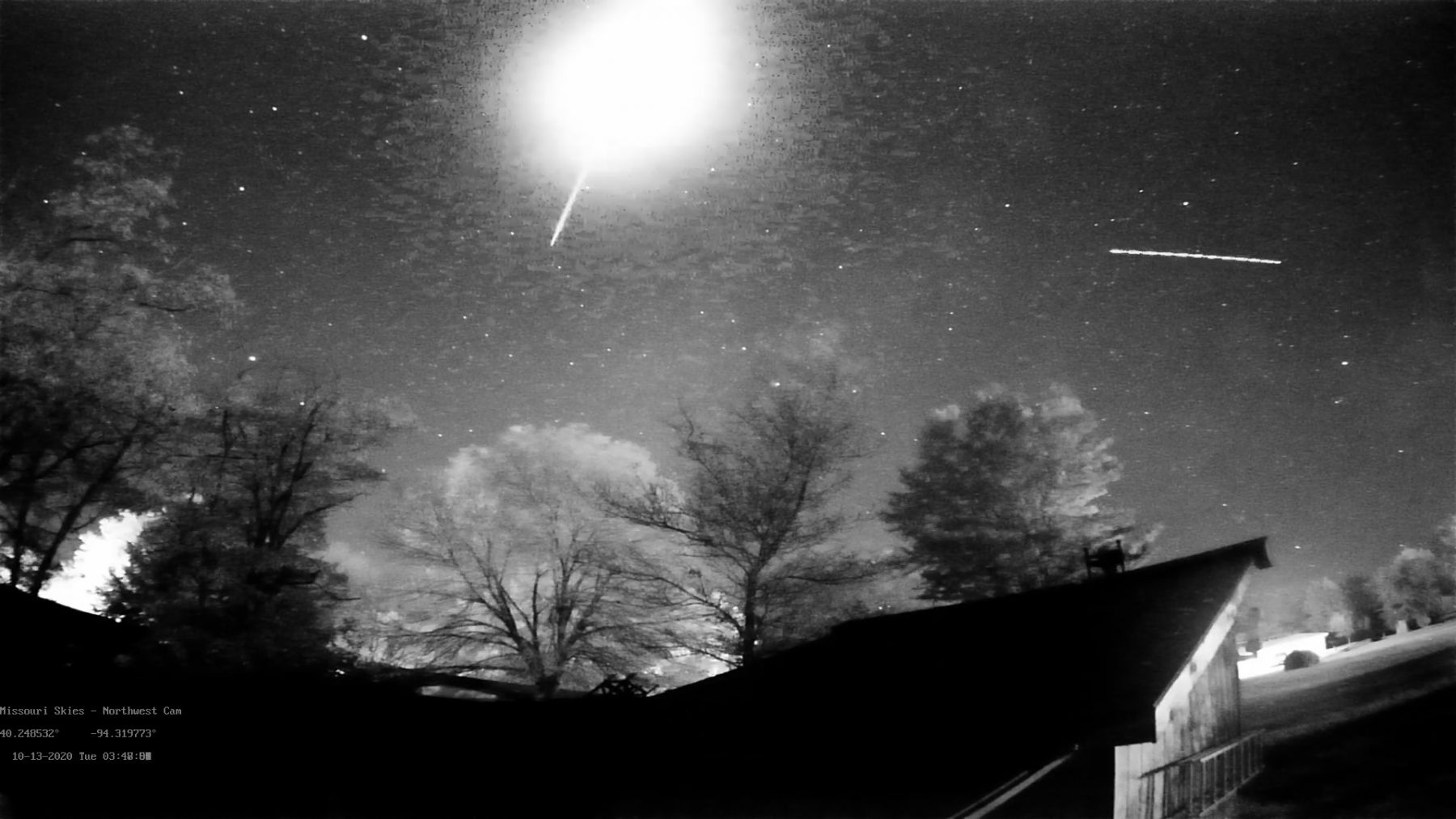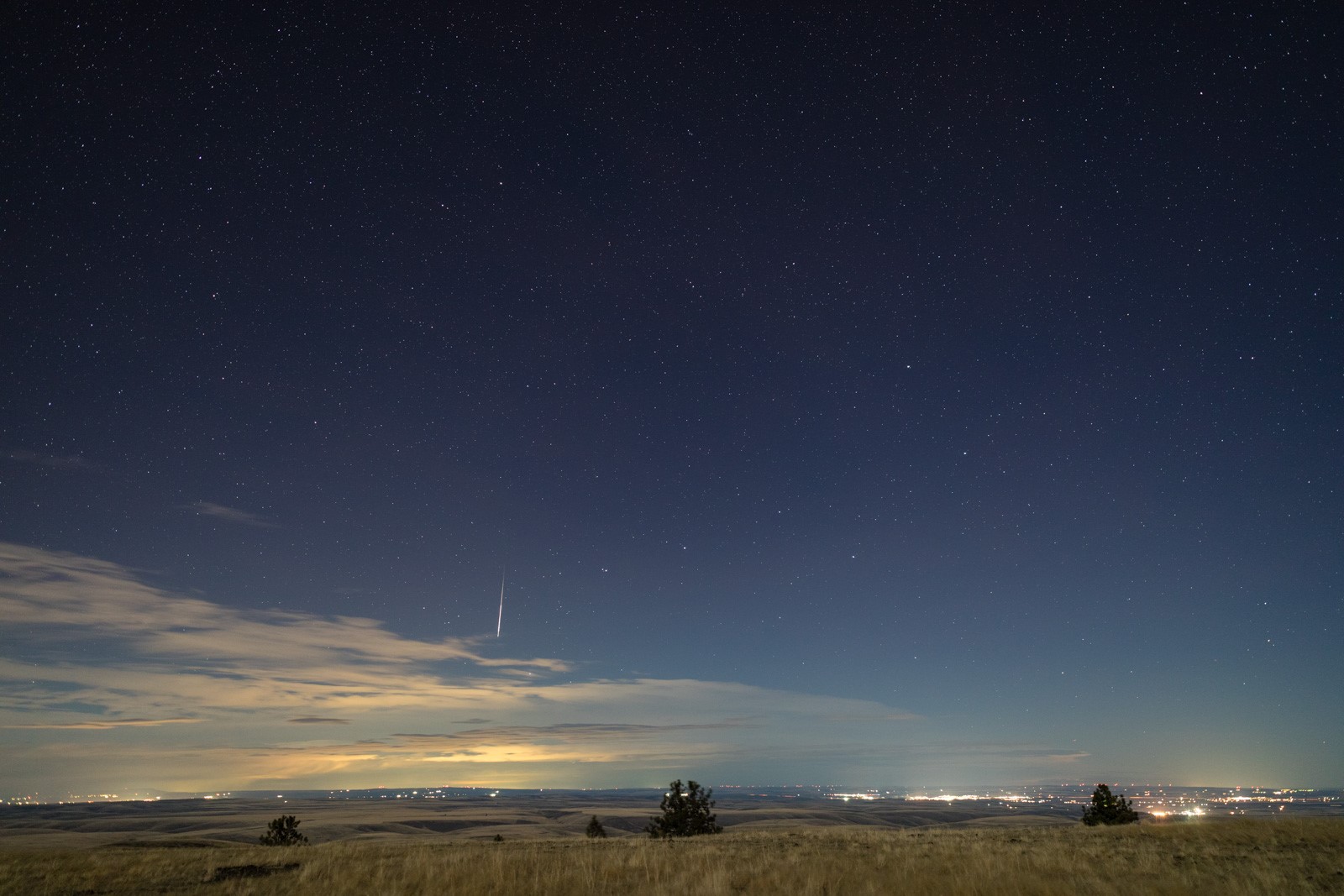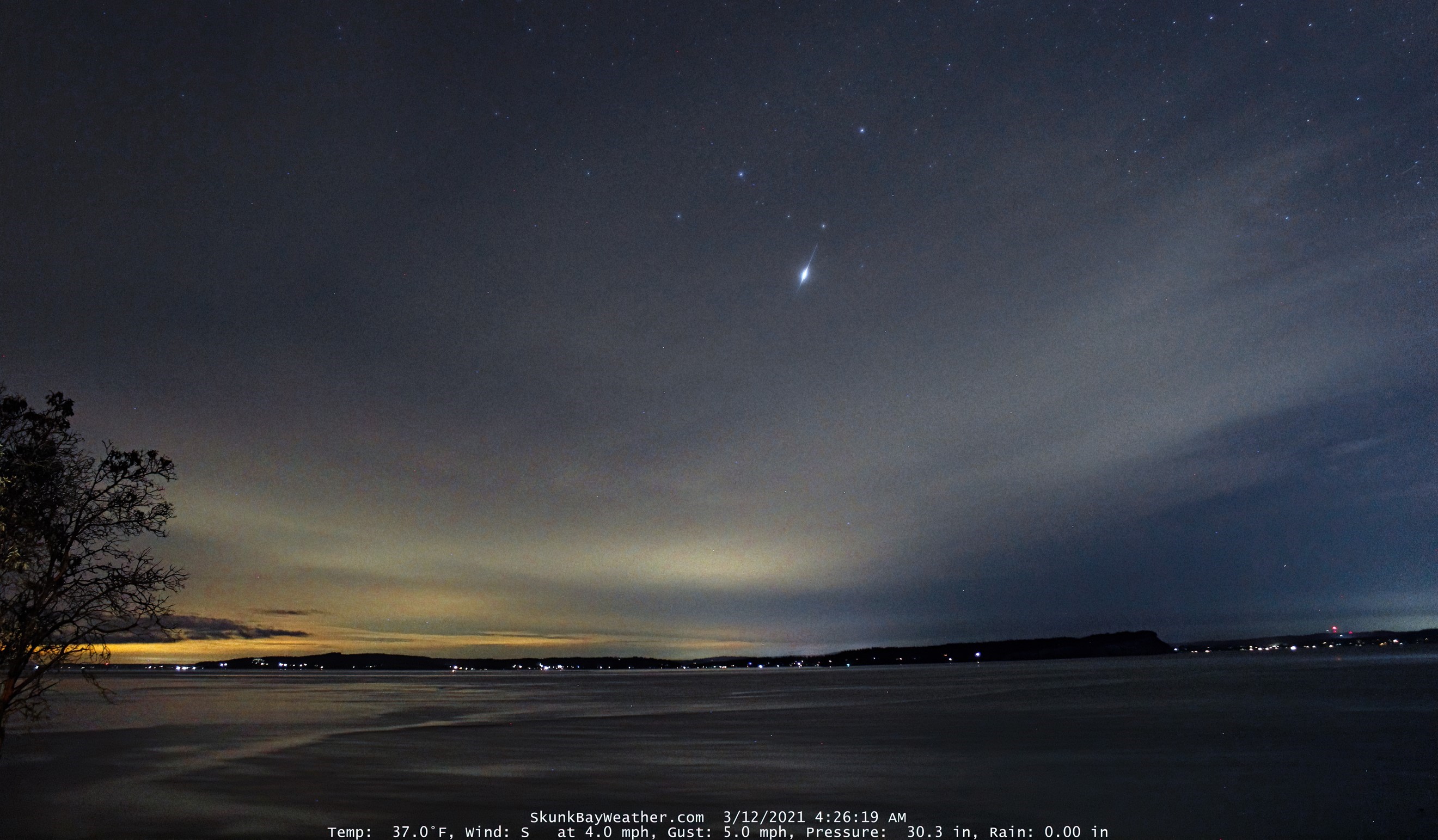
Meteor Activity Outlook for April 17-23, 2021
During this period the moon reaches its first quarter phase on Tuesday April 20th. On this date the moon is located 90 degrees east of the sun and sets near 03:00 local daylight saving time (LDST). As the week progresses the waxing gibbous moon will encroach into the late morning sky, limiting the opportunity to view under dark skies.
 American Meteor Society
American Meteor Society




